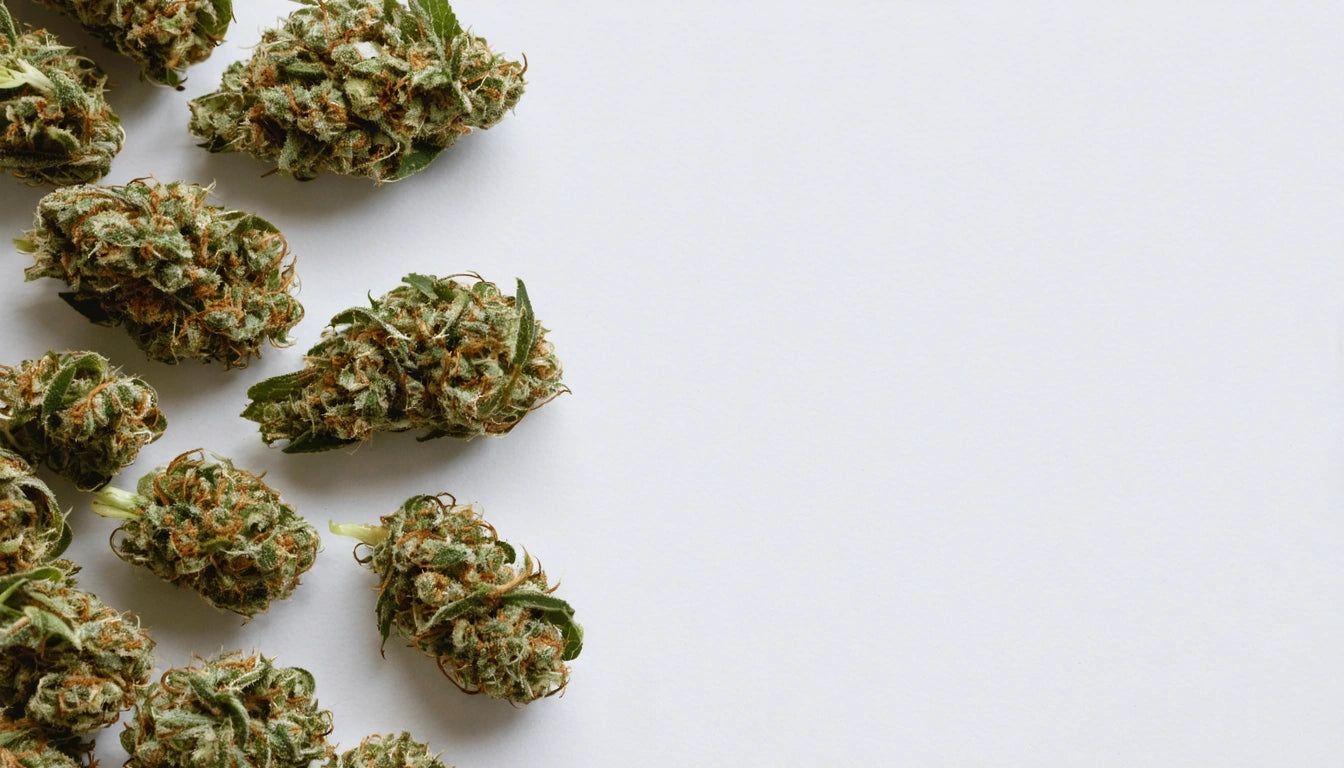Table of Contents
Understanding Chronic Marijuana Use: Definition, Addiction, and Criteria
The conversation around marijuana has evolved significantly in recent years, with increasing legalization and changing social attitudes. However, questions about what constitutes chronic use and the potential for addiction remain prevalent. This comprehensive guide explores what is considered chronic marijuana use, addresses whether weed is addictive, and outlines the criteria health professionals use to identify problematic usage patterns.
Defining Chronic Marijuana Use: Frequency and Patterns
Chronic marijuana use generally refers to regular, long-term consumption of cannabis over an extended period. While there's no universally accepted definition, most researchers and clinicians consider several factors when categorizing use patterns:
- Daily or near-daily use (typically 5+ days per week)
- Multiple consumption sessions throughout the day
- Sustained usage over months or years
- Consumption that persists despite negative consequences
According to research on chronic and moderate marijuana use, frequency alone doesn't always determine chronicity. The context, amount consumed, and impact on daily functioning also play crucial roles in classification.
The Addictive Potential of Marijuana: Facts vs. Misconceptions
The question "is weed addictive or not" has generated considerable debate. Current scientific consensus indicates that marijuana can indeed be addictive, though not in the same way as substances like alcohol or opioids.
Approximately 9% of cannabis users develop what's clinically termed Cannabis Use Disorder (CUD). This percentage increases to about 17% for those who begin using during adolescence. The effects of marijuana on the body and mind can create both psychological dependence and, in heavy users, physical dependence.
Signs of Marijuana Dependence
- Tolerance (needing more to achieve the same effect)
- Withdrawal symptoms when stopping use
- Using larger amounts or for longer periods than intended
- Unsuccessful attempts to cut down or control use
- Spending significant time obtaining, using, or recovering from use
Clinical Criteria for Chronic Marijuana Use
Healthcare professionals rely on established criteria to identify what is considered a chronic user of weed. These criteria come primarily from diagnostic manuals like the DSM-5 (Diagnostic and Statistical Manual of Mental Disorders) and include:
Frequency-Based Criteria
While definitions vary across studies, common benchmarks include:
- Daily use for 3+ months
- Use on 20+ days per month
- Total lifetime use exceeding 750+ occasions
Impact-Based Criteria
Beyond frequency, chronic use is often characterized by:
- Functional impairment in work, school, or relationships
- Continued use despite physical or psychological problems
- Social or interpersonal problems caused by use
- Giving up important activities because of use
Understanding chronic smoking definitions and implications helps contextualize these criteria within broader substance use patterns.
Physical and Psychological Effects of Long-Term Use
What is considered chronic THC use often leads to distinct physical and psychological effects that differ from occasional consumption:
Physical Effects
- Respiratory issues (when smoked)
- Changes in appetite and weight
- Altered sleep patterns
- Potential cardiovascular effects
- Cannabinoid Hyperemesis Syndrome (in some long-term users)
Psychological Effects
- Potential cognitive impacts (memory, attention, learning)
- Increased risk of anxiety or paranoia in susceptible individuals
- Possible amotivational syndrome
- Altered reward system functioning
These effects highlight the importance of proper safety measures and protective packaging in legal markets to prevent accidental consumption, especially by vulnerable populations like children.
Harm Reduction Strategies and Responsible Consumption
For those concerned about chronic marijuana use, several harm reduction strategies can help minimize potential negative consequences:
- Setting personal limits on frequency and quantity
- Choosing lower-THC products or balanced THC:CBD ratios
- Using vaporizers instead of smoking to reduce respiratory risks
- Taking regular tolerance breaks
- Avoiding mixing with alcohol or other substances
- Storing products securely in child-resistant packaging
Understanding why people use cannabis can help individuals develop more mindful consumption habits aligned with their personal goals and values.
For those looking to reduce or cease chronic use, strategies for quitting smoking weed can provide practical guidance and support resources.
The growing body of research on marijuana's relationship with conditions like depression further emphasizes the importance of understanding individual risk factors when considering chronic use.











Leave a comment
All comments are moderated before being published.
This site is protected by hCaptcha and the hCaptcha Privacy Policy and Terms of Service apply.